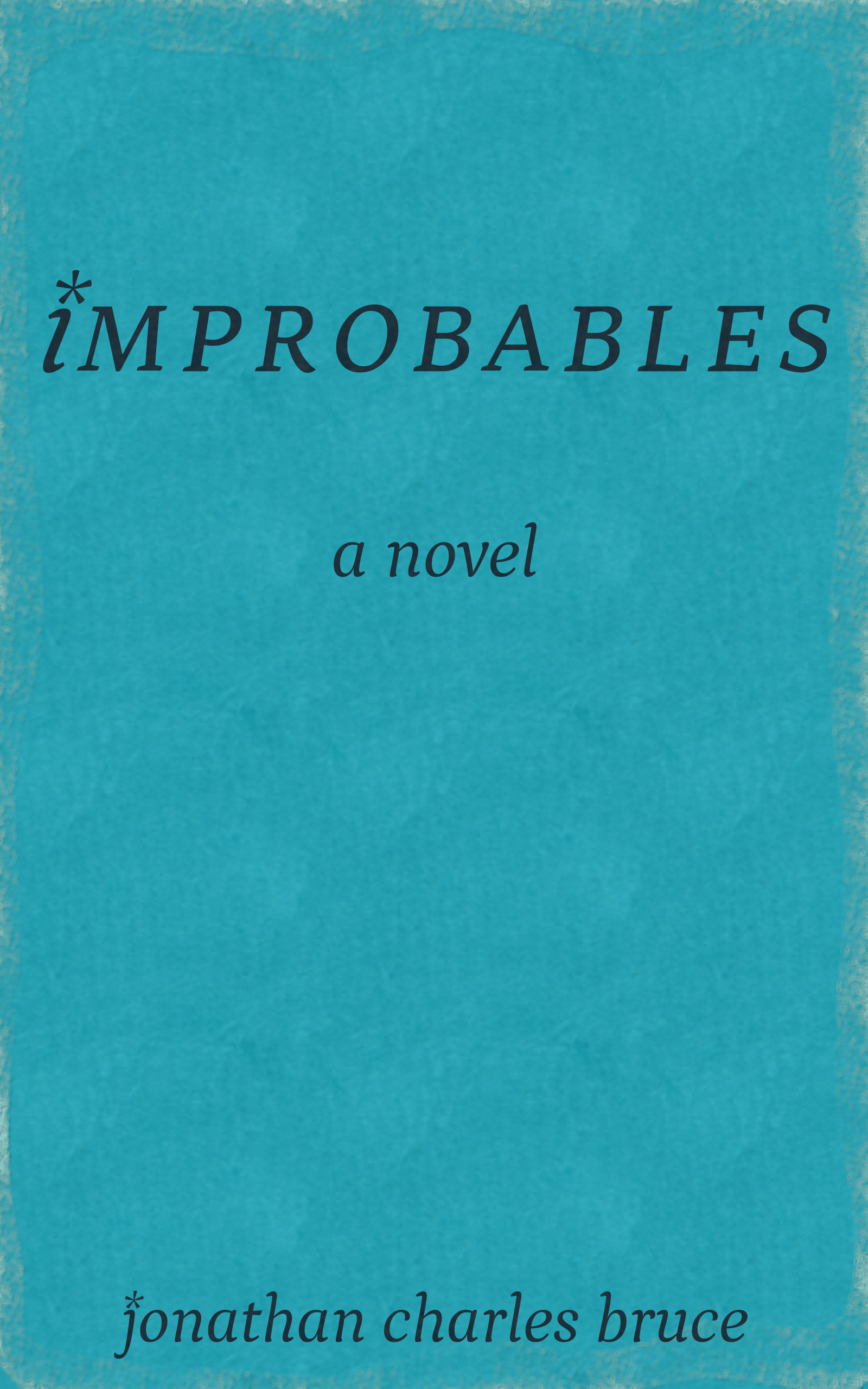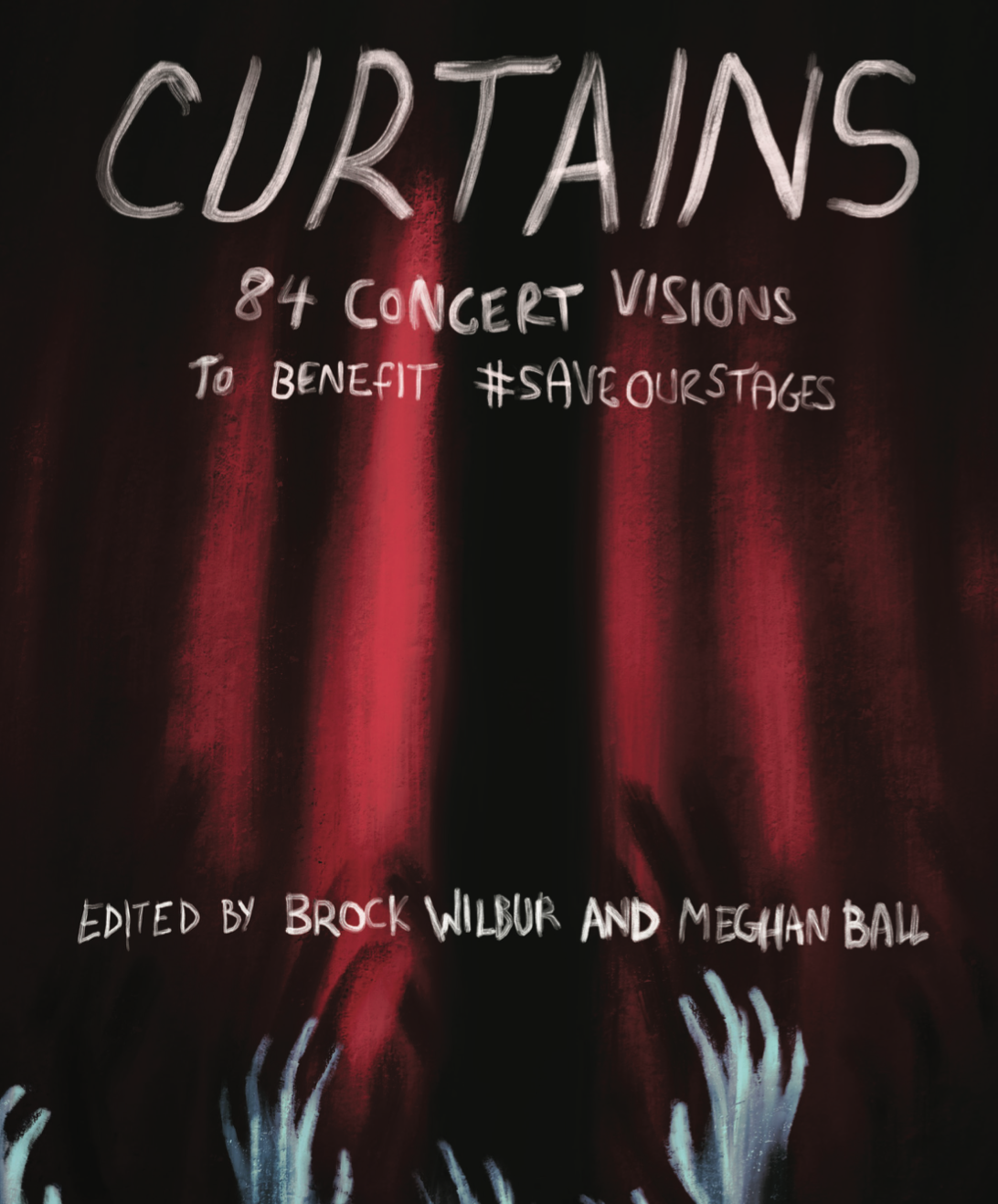On the Outside Looking In

Review and Reflection
Allow me to preface this review by saying that the makers of Gone Home earned a great deal of my respect for this. Just read the link – your reaction to it is actually a good litmus test as to your worth as a human being. In any case, principled stands don’t necessarily make for good games. I only bring it up because, even if the game was awful, the developers were still a-okay in my book. However, they made a good game, so I offer them a mighty congratulatory fist-pump and hope they invite me to their offices for tea.
If you couldn’t tell, let me leave no doubt: buy this game now. Perhaps this command is because I am on a power trip the likes of which you have never seen before. Perhaps I have been paid by the developer to shill for them in a tremendously poorly thought-out plot to bribe hack authors to support their game. The actual reason is that it’s a really well-crafted story in an interactive medium.
So here’s the basic structure: it’s a first person adventure game without adventure game logic. If you’re unsure what “adventure game logic” is, I’m here to help. Imagine, if you will, that you need to unlock your car doors. How might you go about this mundane task? The car keys on your dresser go into the car lock and you’re done, right? Well, adventure game logic dictates that you need to construct a new set of keys out of a wad of sixteen soap shards that you have melted into one large chunk. But only after you have used an emery board to whittle it into shape and you’ve used cat hair as a thickening agent. The emery board must be obtained from the giraffe that has taken refuge in your closet from an angry ocelot. Said feline needs to be chased away by feeding it a bottle of hot sauce that is retrieved from your refrigerator’s locked compartment. The compartment unlocks when you set your family crest in its rightful spot in the basement.
As you can see, “adventure game logic” is clearly an exercise in trolling the dictionary definition of logic. Such lunacy is not present in this particular game.
In our interactive adventure-style gaming spectacular, you play as Kaitlin, a girl returning home from a year abroad. Huh, it’s as though the title Gone Home is trying to tell us something. She arrives to find the house empty and a note from her sister Samantha tacked onto the door that compels her to investigate why the hell no one is home.
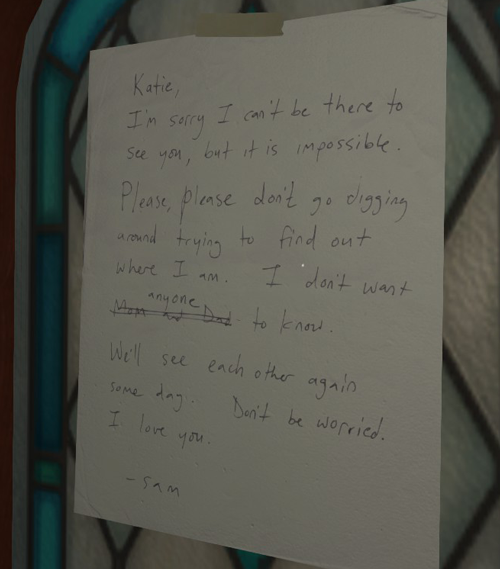
Telling people to not worry is never an effective tactic.
With nothing but the sound of a severe thunderstorm and the settling of the house to keep you company, you get to witness a family’s turmoil under a wonderfully crafted atmosphere of foreboding.
If you’ve played almost any kind of first person game, you will be familiar with how to move and look around (WASD, etc., etc.). The big difference is that your left mouse button is to interact with the world around you – opening doors, picking things up, and the like. The right mouse button lets you spin held objects or zoom in with Kaitlin’s military-grade optical implants. Or, rather, just makes you look at stuff like you’re much closer. Whichever floats your boat.
You can also crouch, which is like standing only much shorter. There’s no cover mechanic, which is a little odd considering the mid-game shootout with the Venusian space-pickles. But, then again, I’m not a game developer, and I’m sure there’s some rationale behind Fullbright’s decision to drop the feature.
That’s really all there is to the core mechanics. You go through a house, maniacally examining stuff until the next clue pops up that guides you to the next location. You have a map, a backpack, and little regard for other people’s property which, let’s face it, puts you on par with a majority of video game protagonists. The controls are functional. The music is good and used to effectively create atmosphere and tell the story. Kaitlin is... slower than I’ve come to expect, but we can’t have it all.
Despite the attempt at grounding the game in reality, there are some moments that are really silly from a rational perspective. For instance, there are secret passages in the house, which are a thing, especially with older houses. The problem that I have with this is that the house’s history (at least in my playthrough, in which I cheerfully admit that I could have easily missed things) is not really brought up outside of “it’s old.” Even a simple handwave like “it was a house used in the Underground Railroad” would have made me less likely to be skeptical about why it’s there other than for narrative necessity and corralling the player into a fairly linear path.
Speaking of narrative, the story is told through both the scraps of evidence you discover and emotionally powerful (and beautifully affective) voice-overs – usually after a plot-critical note, letter, or picture is found. Although this is effective at giving plot to the player, if you think about it, the main character is not provided this exposition. As such, her continual disregard for other people’s privacy is a little hard to swallow. Sure, you can make the argument that she’s worried about her family’s safety, but I question whether or not that qualifies as a good excuse to rummage through people’s sock drawers.
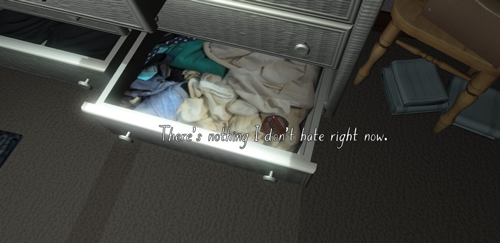
Honestly, you have no one but yourself to blame for what you find.
Then again, it’s no less bizarre than having some fabled hero break into your house and steals your life savings while you repeat the same two lines over and over. In all fairness, Gone Home actually represents a sizable step forward.
Long story short, you need to play it. If for nothing else than just to say you have. You may even learn something about yourself! This is all you get spoiler-free. See, this game has a massive focus on story and narrative pacing, so there is no way to sincerely review it without taking into consideration such aspects. So I will give you my patented spoiler-buffer before continuing (WARNING: not patented at all):
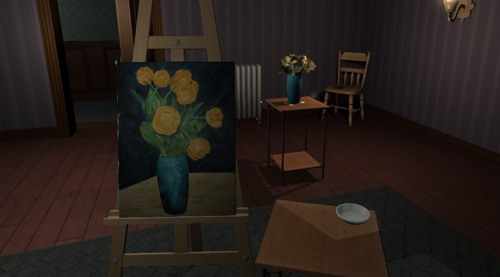
If it has a picture of art in it, is it art? ::gets punched::
As mentioned, the atmosphere in Gone Home works extremely well, using Samantha’s voice over in tandem with notes and environmental sounds to make the player feel utterly alone. It is an atmosphere that would be perfect in Silent Hill, despite the lack of horror elements. Sure, there are some fake-out notes and audio clips that imply there may be something supernatural about the house, but it’s just you.
Literally. There are no antagonists, no scares. It’s just you and a big empty house full of mementos from the people who lived there. The mention of a supernatural entity in the “psycho house” (as those punk kids call it) is more than enough to subtly make you uneasy as you round corners. Even innocent couch cushions can take on a sinister look, and that is a masterstroke of the art form.
And it is art; my feelings about games-as-art should be fairly obvious by now. I have a feeling that a lot of people are going to end up praising its story as its only artistic element – which is fine, because it’s an emotional, human story. But audiobooks tell good stories sometimes. What elevates it beyond a book-on-tape is that we’re solving the mystery. We are the ones searching in every room, every drawer for clues. We discover a discarded matchbook with a note which suggests that Kaitlin’s matriarch is having an affair. Unlike a book, which would present that information forthright, in a game, that revelation has to be found, earned. Our level of immersion is ours to control, and that’s what makes this thing a work of art. Another massive point to its favor is the immediacy of the story – something that, despite an interesting narrative, To the Moon sorely lacked.
Oh, what layers to this plot. Kaitlin’s parents are having marital difficulties. Her father is kind of a hack alternative fiction author who can’t get his next novel published because his original publisher went out of business and others are assholes. Her mother is pretty wildly successful as a park ranger – she recently landed a promotion and a new coworker who is making googly eyes at her. And the subplot cloud of marital storminess, the central arc is Samantha’s journey of self-discovery and love.
Having just moved into a new home, Samantha begins her final year of high school and becomes enamored of fellow senior Yolanda (who is nicknamed Lonnie, a fact which, for the first minute or so, made me think of this). They bond over Street Fighter and music, and eventually their friendship blossoms into an intimate relationship. They worry about people finding out, Lonnie defends Samantha’s honor from bigoted dipshits (but I repeat myself), and then there’s the looming specter of graduation, which will take Samantha to college and Lonnie into the army.
While it could be derided as a standard “wrong side of the tracks” love story, it works because it ultimately feels real. Readers of the site know that I generally don’t take teenage romances seriously, but this actually has the required emotional impact to make me invested in the characters. Lonnie and Samantha’s relationship is beautiful, heartbreaking, and hopeful. Although the fact that I was a voyeur listening to another’s story, the progression of the love story was intensely moving and – I can’t stress this enough – had a legitimacy that is missing from tons upon tons of media.
Further, the game does well with setting up expectations and then subverting them. The previous example was with the supernatural element that doesn’t rear its head except as a silly adventure for Samantha and Lonnie. The patriarch apparently going off the deep end is dropped as another red herring. Even the anticipated confrontation between Samantha and her parents about her sexuality challenged how I expected the event to play out – instead of preaching at her, assaulting her, sending her to a camp, or something equally explosive, they simply don’t believe her. And that moment was like a gut shot – I had seen that scene many times before, but almost always played for laughs. In Gone Home, it’s precisely as devastating as if it played out that way for me in real life.
Ultimately, the way the game plays with your emotions is draining and rewarding. Toward the end, I was silently screaming for my avatar to move faster in the off chance that I would be able to reunite her with her sister. I just wanted Samantha and Kaitlin to see each other, for Samantha to know that someone in her family cared. Few other games have that kind of drive, that emotional need. Instead, they rely on explosions and bullets to create tension. Gone Home manages to create an entire emotional runaround with an empty house and as much time as you need to explore.
I will simply end with another plea to play this game. It’s an experience that will probably spawn a bunch of imitators. Some may even be really good. But they will never be Gone Home, and you really do owe it to yourself to be a part of Samantha’s journey – even if it is from the outside looking in.
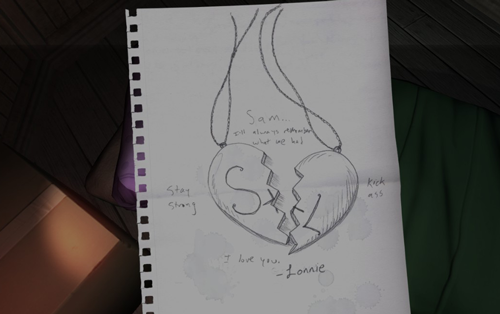
Tear stains... why did there have to be tear stains? :(
< PREVIOUS ENTRY • NEXT ENTRY >
Advice • Fiction • Gaming • General Musings • Reviews



